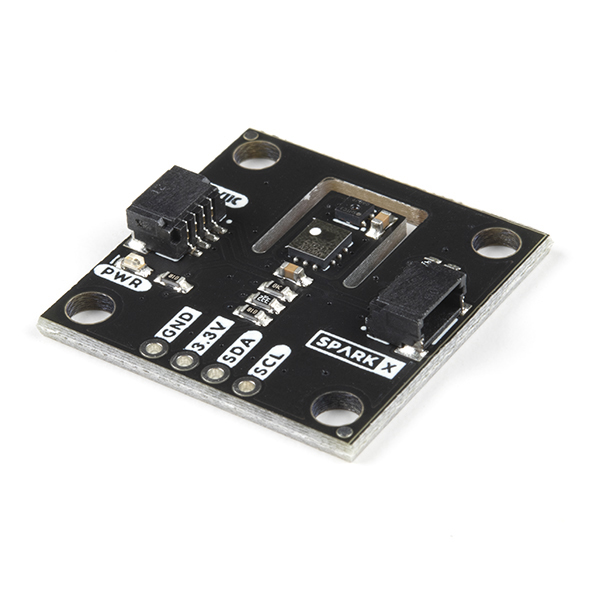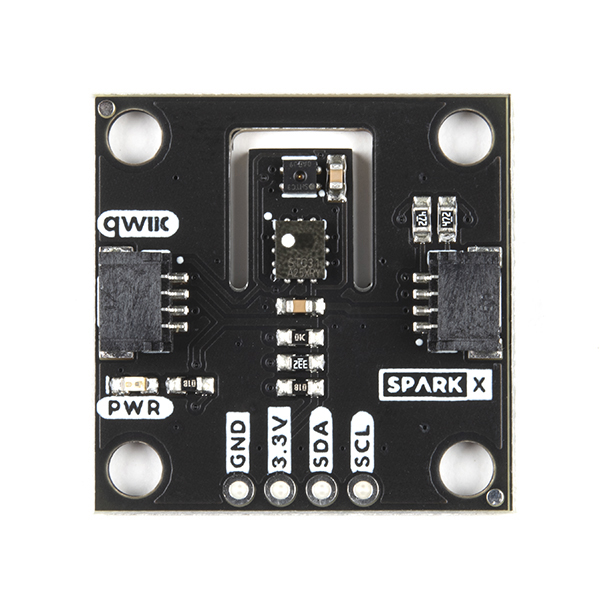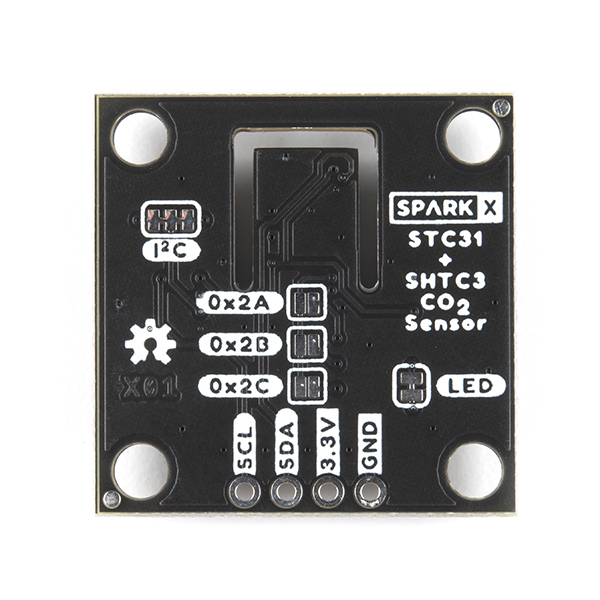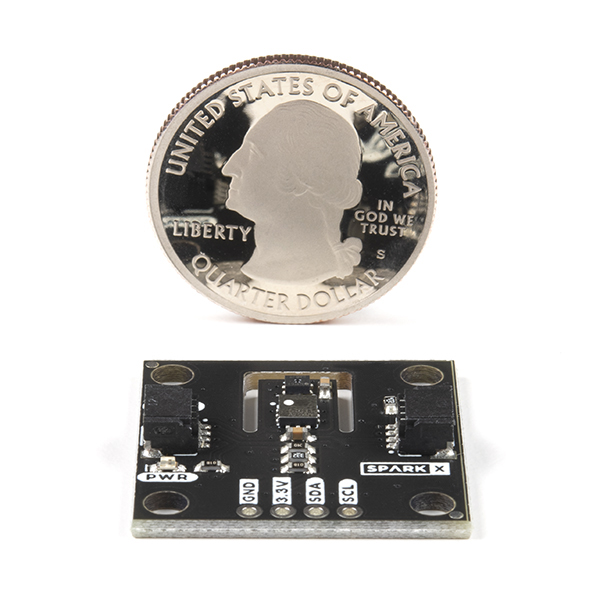Do you need to be able to sense CO2 concentrations of up to 100%? If so, the STC31 is the sensor for you! The Sensirion STC31 thermal conductivity sensor has two CO2 measurement ranges: 0 to 25 vol%; and 0 to 100 vol%. The measurement repeatability is 0.2 vol%, with a stability of 0.025 vol% / °C. The measurement accuracy depends on the measurement range: 0.5 vol% + 3% measured value; 1 vol% + 3% measured value.
Our breakout includes a separate SHTC3 humidity and temperature sensor; allowing the STC31 to deliver humidity-compensated measurements together with improved temperature compensation. The STC31 can compensate for atmospheric pressure too - which is handy if, like us, you’re up in the mountains!
The STC3x sensor family is Sensirion’s series of Gas Concentration sensors designed for high-volume applications. The STC3x utilizes a revolutionized thermal conductivity measurement principle, which results in superior repeatability and long-term stability. This makes the STC31 a perfect choice for applications where reliability is key.
The outstanding performance of these sensors is based on Sensirion’s patented CMOSens® sensor technology, which combines the sensor element, signal processing and digital calibration on a small CMOS chip. The well-proven CMOS technology is perfectly suited for high-quality mass production and is the ideal choice for demanding and cost-sensitive OEM applications.
The STC31’s I2C address can be configured using the split-pad jumpers on the back of the board. The SHTC3’s I2C address is non-configurable; you will need a Qwiic Mux if you want to connect multiple sensors to the same bus.
As usual, our board includes a power LED, a pair of Qwiic connectors, I2C breakout pads and pull-up resistors. You can disable the LED and pull-ups if you need to by cutting the I2C jumpers on the back of the board.
Our Arduino library contains example sketches for the Arduino IDE to get you up and running quickly. It can be downloaded through the Arduino Library manager: search for 'SparkFun STC3x' or it can be found in the Documents tab above.
The SparkFun Qwiic Connect System is an ecosystem of I2C sensors, actuators, shields and cables that make prototyping faster and less prone to error. All Qwiic-enabled boards use a common 1mm pitch, 4-pin JST connector. This reduces the amount of required PCB space, and polarized connections mean you can’t hook it up wrong.
Experimental Product: SparkX products are rapidly produced to bring you the most cutting edge technology as it becomes available. These products are tested but come with no guarantees. Live technical support is not available for SparkX products. Head on over to our forum for support or to ask a question.
- Sensirion STC31 CO2 Sensor
- Thermal conductivity sensor provides calibrated gas concentration and temperature output
- Calibrated for: CO2 in N2; and CO2 in air
- Measurement ranges: 0 to 25 vol%; 0 to 100 vol%
- Accuracy: 0.5 vol% + 3% measured value; 1 vol% + 3% measured value
- Repeatability: 0.2 vol%
- Temperature measurement range: -20 °C to +85 °C
- Concentration and temperature resolution: 16-bit
- Start-up time: 14 ms
- I2C address (configurable): 0x29 (default), 0x2A, 0x2B, 0x2C
- Supply Voltage: 2.7VMin, 3.3VTyp, 5.5VMax
- Note: Qwiic bus operates at 3.3VMax
- Sensirion SHTC3 Humidity and Temperature Sensor
- Allows the STC31 to compensate for humidity and temperature
- Typical accuracy: ±2 %RH and ±0.2 °C
- Specified humidity range (extended): 0 to 100 %RH
- Specified temperature range: -40 °C to +125 °C
- I2C address (non-configurable): 0x70
- Supply Voltage: 1.62VMin, 3.3VTyp, 3.6VMax
- Note: Qwiic bus operates at 3.3VMax
- Dual Qwiic connectors
- Power LED (configurable)
- I2C pull-ups (configurable)
Comments
Looking for answers to technical questions?
We welcome your comments and suggestions below. However, if you are looking for solutions to technical questions please see our Technical Assistance page.
Customer Reviews
5 out of 5
Based on 1 ratings:
1 of 1 found this helpful:
Great product!
After months of attempting to get an NDIR CO2 sensor working reliably in an environment with large temperature and humidity variations, trying to characterize the behavior at different temperatures and gas concentrations for each NDIR sensor individually to try and improve the accuracy of the reported CO2 values, we decided to give this sensor a try instead. The first test results are very encouraging, with relative humidity and temperature compensation it performs very well. For our application pressure correction does not appear necessary (we did include a pressure sensor during the test but did not see large pressure variations), another benefit is that there is no need for extensive calibration and no need for expensive calibration gas anymore.




